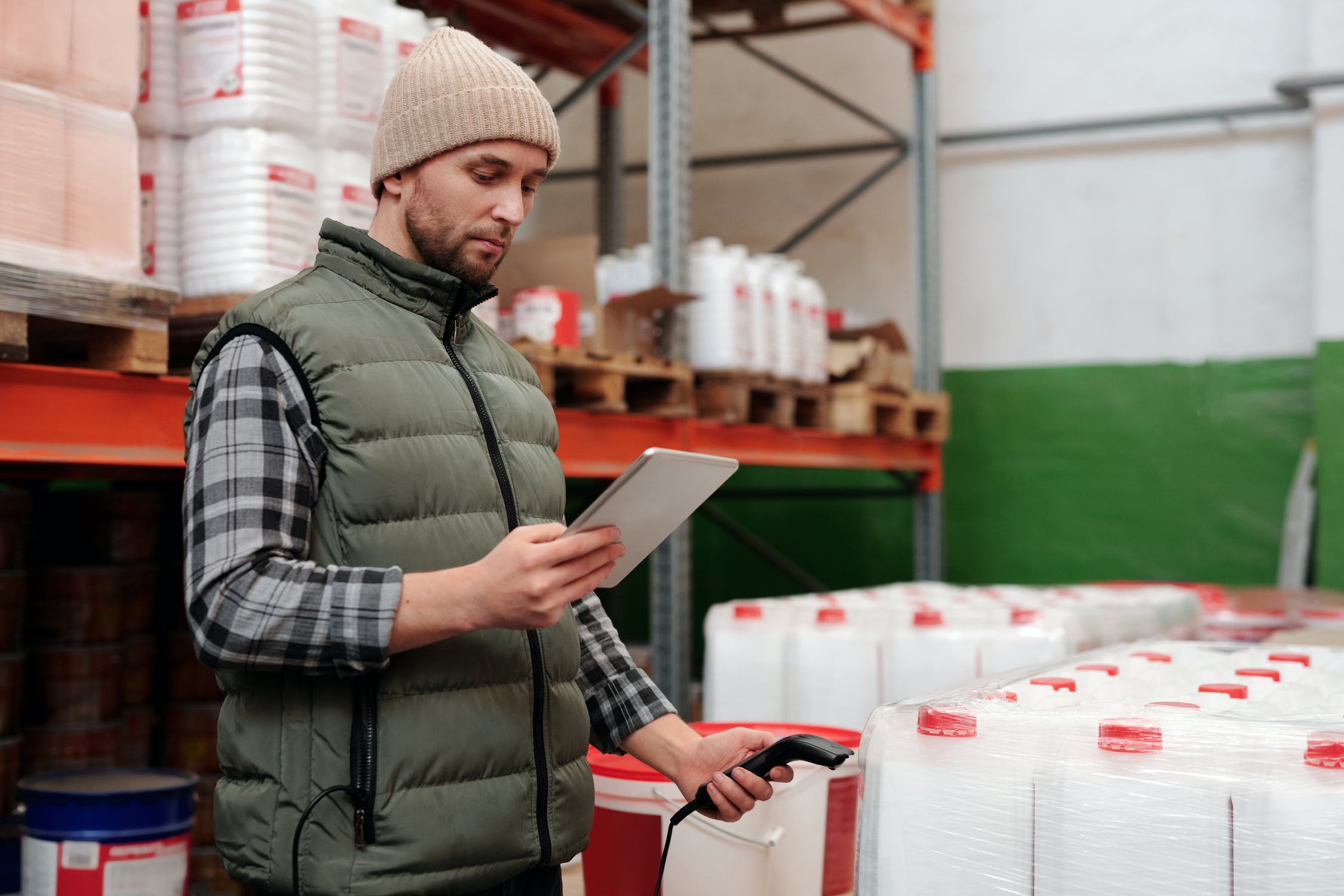
The global demand for track and trace solutions is expected to grow in the years ahead. According to Acumen Research, the yearly rate of growth is estimated at 18%, which will make the industry reach $7.2 billion by 2026. This will largely be on account of the proliferation of legislation that make track and trace compulsory in the case of medicines and medical devices.
An increase in counterfeiting too is behind this phenomenon. This is something that has also been witnessed in the consumer products segment, especially luxury goods, food & beverage.
In light of the vulnerability of these products’ supply chains, it is important that a diverse range of dimensions be incorporated when it comes to implementing track and trace industry in 2020. The ongoing pandemic has made the need for these even more acute, with healthcare products being subject to a lot of counterfeiting.
Among the end-to-end solutions that will need to be provided to various industry supply chains are product traceability, serialization, blockchain enablement, conformity management and even environmental tracking.
Reasons Behind the Growth of the Track and Trace Industry
The pandemic apart, there are a number of important reasons why the track and trace industry is expected to see a healthy growth in 2020 and beyond. There is, of course, the tremendous growth in both medical devices and the pharmaceutical products that has necessitated the implementation of traceability solutions on a bigger scale than ever before.
At the same time there has been a greater demand for serialization to facilitate better inventory management. Then there are also the ever increasing instances of recalls that have to do with the packaging of products. Above all is the ever increasing threat of counterfeit medicines.
In so far as the healthcare products industry is concerned, the need for supply chain monitoring is particularly significant. That is because such businesses are at a risk from counterfeiting in a variety of ways. For instance, this could comprise mislabeling a medicine with the intention of counterfeiting a genuine approved product or selling a product that does not contain the right active ingredient or putting an insufficient or excessive amount of that ingredient. Worse, such medicines might contain downright harmful ingredients.
Track and trace solutions are extremely effective in tackling this menace in a very comprehensive manner. That is why there has been a huge spike in the demand for track and trace solutions from pharmaceutical companies.
Machine-Readable Codes See Major Demand
Machine-readable codes like barcodes and QR codes are in demand in a number of applications in industries like retail and healthcare. In healthcare, it can help in everything from tracking patient data in hospitals to managing inventory of medical supplies. These can also help track expiration dates of drugs.
Moreover, the tracking and tracing ability of machine-readable codes allows one to better account for stock by reducing wastage. At the same time, it helps improve safety and compliance, even while helping automate supply chain tasks.
North America Dominates the Track & Trace Market
North America is traditionally the dominant player in this industry and will continue to remain in that situation in the foreseeable future.The main reason behind this was the fact that the increasing incidence of counterfeit drugs made the FDA come out with product identifier requirements under the auspices of the Drug Supply Chain Security Act (DSCSA) Compliance Policy announced in 2017. The policy makes it mandatory to furnish a standardized numerical identifier which is able to identify packages and cases as described by the National Drug Code (NDC).1
In terms of the market that has seen the fastest growth, the Asia Pacific region is ahead of the pack. The other important markets are Europe, Africa & the Middle East and South America. While there are strong factors for the growth of the track and trace industry, it does face a few bottlenecks in the shape of the high cost of serialization and aggregation as well as a lack of common standards for the same.
All in all, the track and trace industry is on course to grow at a fairly healthy rate not just through 2020, which is an extraordinary year by any yardstick, but in the next few years as well. The ongoing pandemic has made the importance of managing the global supply chains even more important than it already was. With critical medical supplies for Covid-19 well on their way, the track and trace industry needs to step up in a way like never before.

